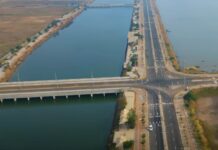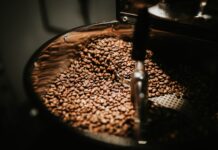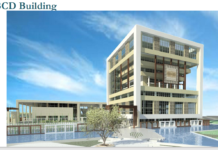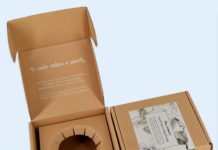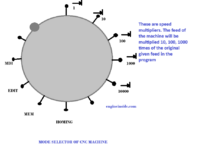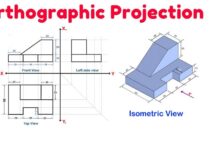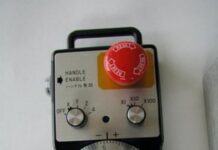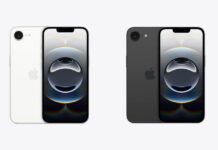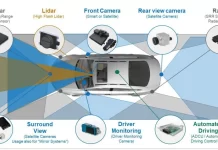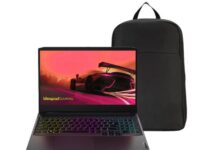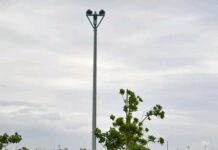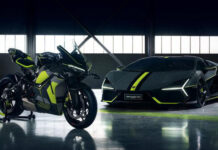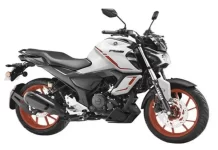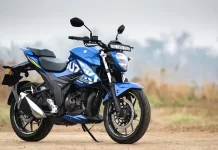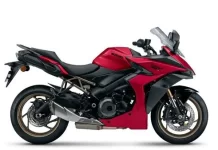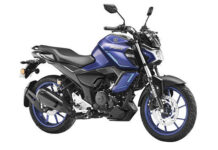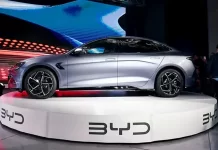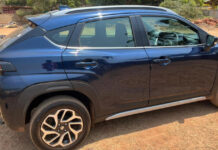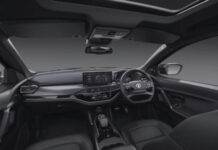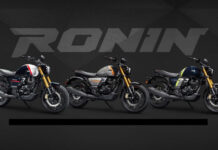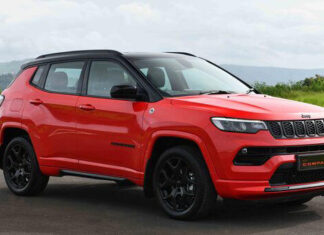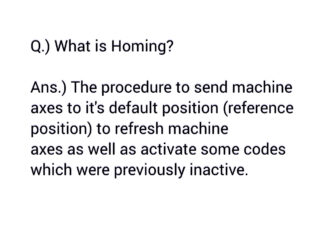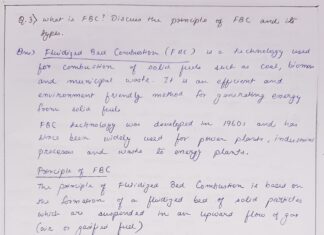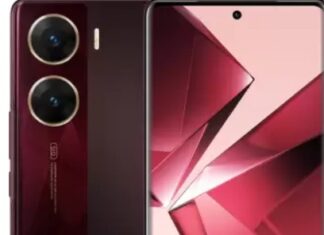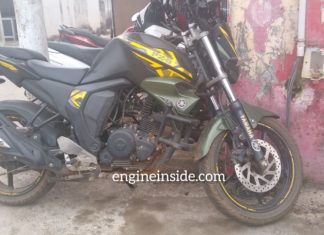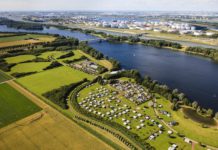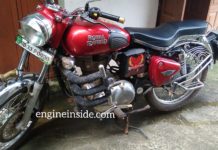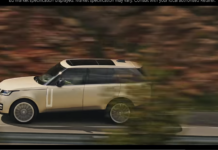Jeep Meridian and Compass available at discount of up to ₹2.75 lakh
Jeep India has announced benefits on their lineup of vehicles. As of now, the most affordable SUV in Jeep's lineup is the Compass. It is available with benefits of up to ₹1.2 lakh. Then there...
Tata Nexon EV vs Mahindra XUV400
Range : The Tata Nexon EV and Mahindra XUV400 EV are bitter rivals in the all-electric SUV space, and have been tested repeatedly against each other, as the brands updated their EVs...
Citroen C3 Hatchback
Citroen:
India has given a fresh makeover to its popular C3 hatchback, shaking up the color choices for a more vibrant driving experience.
The Tata Punch competitor now boasts four single-tone and seven dual-tone exterior paint...
Royal Enfield Himalayan
Royal Enfield has created a special bike and this time around it comes with a
top-heavy body, wire-spoked wheels and the performance to tear up gravel
and tarmac alike
We know Royal Enfield very well, or so...
Cnc interview questions and answers
Watch my YT Video : CNC INTERVIEW QUESTIONS AND ANSWER
Motorola G 14 Review
Motorola G 14 Review
Cameras
The Moto has dual rear camera setup.
50 MP primary camera with aperture f/1.8
2 sensors of 2 MP with aperture f/2.4
front camera of aperture - f/2.4
Screen
Dual sim...
Vivo V 29 Review
V 29 review
The new Vivo V 29 will be seeing wider global rollout than v 27
Price - Rs. 27,000
Rival Comparison with - Galaxy A 54
IP 68 ratings is present in both handsets
...




